INGLEWOOD, Calif. - Driving without your hands on the steering wheel while driving a pickup weighing nearly 6,000 pounds on the 105 in Los Angeles seems like a profoundly bad idea. Having it hooked up to a trailer that could weigh at least twice as much seems like … well, whatever is at least twice as worse as “profoundly bad.” Irredeemably stupid?
And yet there I was, hands held in my lap and my right foot resting on the carpet while a Chevy Silverado towed a 20-foot box trailer. Was it filled to the brim with concrete? I doubt it, but the Silverado’s ability to lug the trailer was not in question this day. It was its ability to do it by itself that was, or at least mostly by itself with a human there merely to look at the road ahead and take over if necessary. Intervention never was necessary, so I can’t say that made me feel particularly useful. I even missed an exit, so it’s a net loss for humans on the scorecard.
As a brief recap, Super Cruise is GM’s name for its advanced driver assistance system that will automatically accelerate, brake, keep its distance to the vehicle ahead, keep itself centered in its lane and even automatically change lanes without (and this is the critical bit) the driver having contact with the steering wheel or pedals. The driver must simply set the speed and following distance, and crucially, maintain eye contact with the road ahead. A special steering wheel with lights glows green when the system is engaged. It only works on controlled accessed roadways that have been mapped by GM, which includes wide-open stretches of snowy nowhere as depicted above (not driving is hard enough, did you expect me to take car-to-car photos, too?) as well as congested city freeways with stop-and-go traffic.
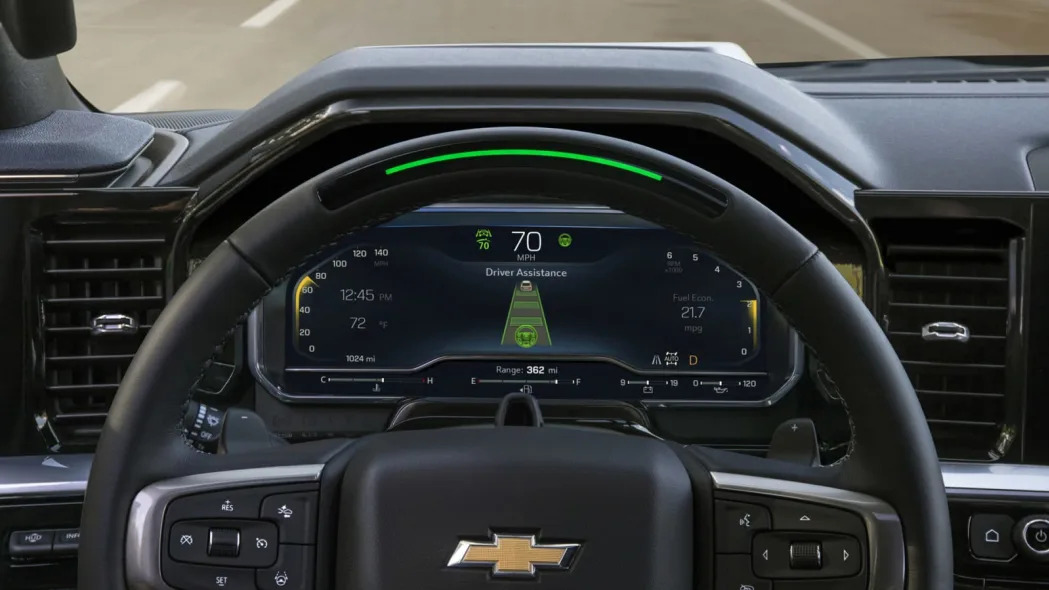
Super Cruise also does in fact work with “all trailer-capable vehicles,” and considering that a good number of so-equipped models are body-on-frame trucks and SUVs, that’s a significant share. Not surprisingly, there are some limitations. Automatic lane changes are a no-go when towing, and if the truck estimates that you’re towing something beyond the gross vehicle weight rating, it’ll prevent Super Cruise from activating.
How does it know all that? Simple, really. It knows a trailer is connected because it’s almost certainly wired into the truck, and even if it wasn’t, the parking sensors can tell something’s back there. The weight estimate is then measured by engine and brake strain relative to the truck’s base gross vehicle weight.
But just because something is possible, doesn’t mean it’s a good idea, right? I certainly had a hard time telling my brain it was, because I kept finding my left hand sneaking back up onto the wheel without making a concerted effort to do so. Nevertheless, I felt more confident with Super Cruise activated. I was concentrating almost as much as I would normally, but had a safety net. It felt like this perception would be even stronger and more beneficial on those wide-open stretches of highway where you’d be a bit more likely to start fiddling with the infotainment system, your phone, your Arby’s sandwich … staring at the scenery, yelling at your kids … you get the idea. Basically, when in charge of a vehicle in two pieces weighing 18,000 pounds, having a co-pilot or emergency backup isn’t such a terrible idea. That the system prevents you from mistreating it makes it hard to see the downside.
Would I envision myself wanting to use it in gridlock on the 105? Well, no, but then no one should ever want to drive on the 105. More to the point, this was an exercise intended to show Super Cruise can be used while towing even in an unlikely, borderline extreme situation. It did it, and it did it without issue. In other words, not a profoundly bad idea at all.
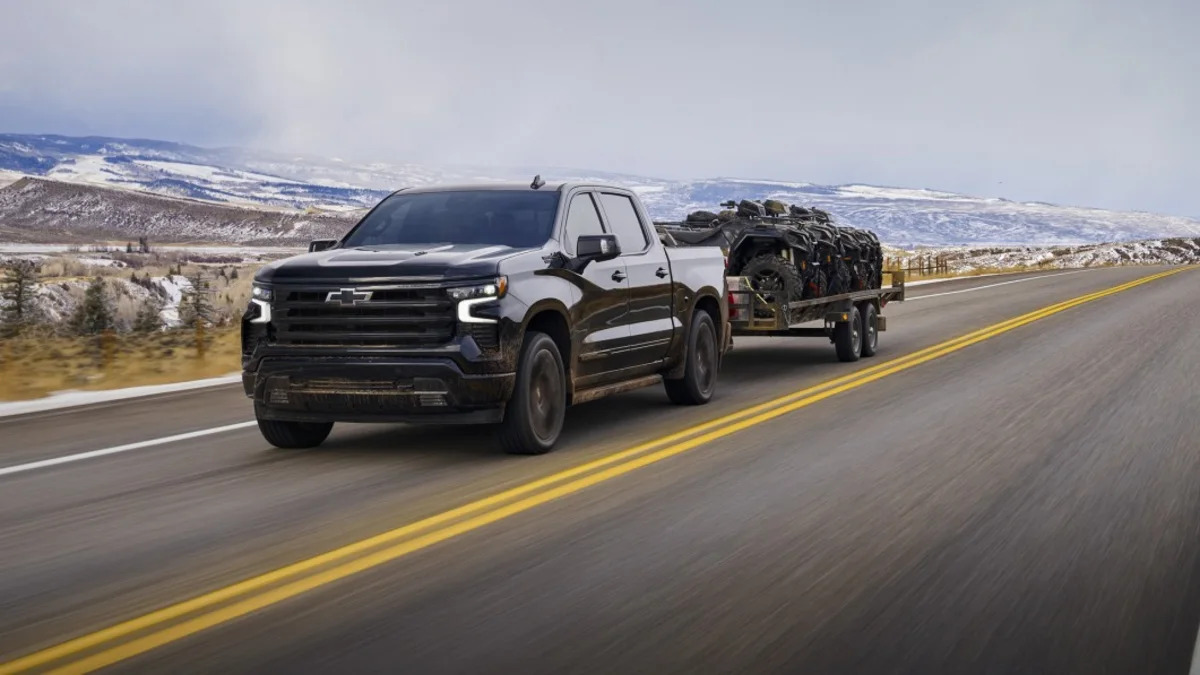
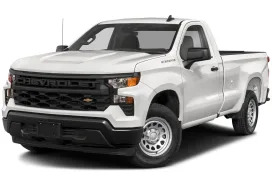
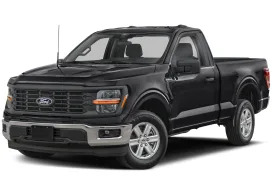
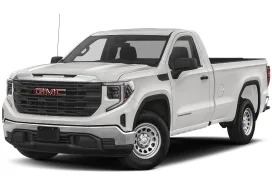

Sign in to post
Please sign in to leave a comment.
Continue